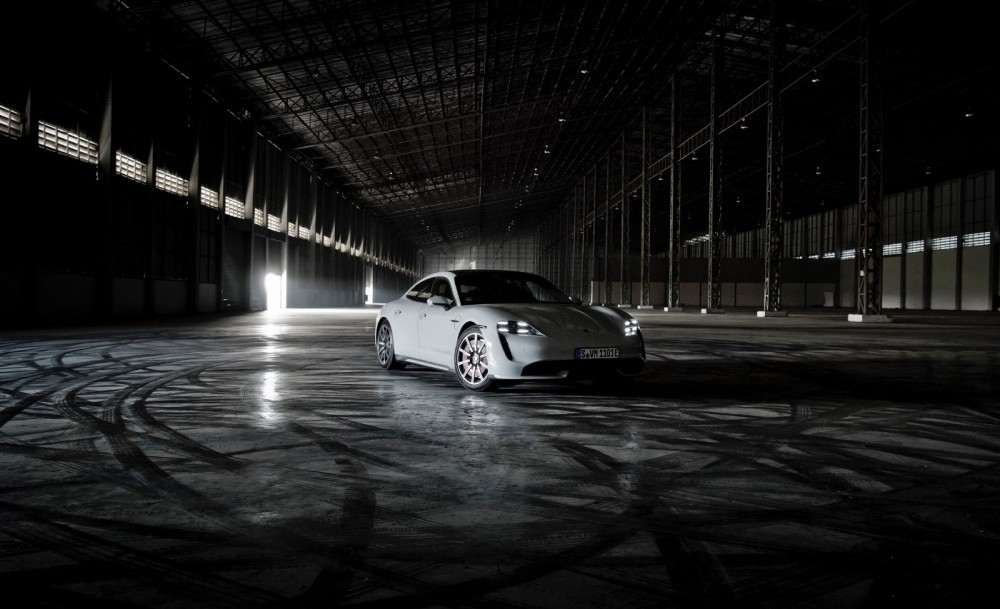Such a Porsche is a high-tech marvel, no question. Even more impressive is the machine that really brings it to bear - the human brain. The fact that the sight of a Porsche 911 immediately begins the synapse disco is not only due to the perfectly designed sports car silhouette and the bewitchingly crackling and booming boxer engine, but also to the evolution of the stimulus-response scheme over the past 300,000 years. It is the interplay of visual, acoustic and physical stimuli that come together in our brain to form an overall emotional experience. But what happens if one of these key stimuli ceases to exist? After all, the new Porsche Taycan is extremely chic and fast - but the sound is rather silent.
We have known since Ray Charles at the latest: If one sense is lost, the brain automatically increases the perceptual power for the other senses. Indeed, after the first few hours behind the wheel of the Taycan, it seems to us that we experience the driving experience, the feeling of our own body moving through the room, more intensely and authentically - precisely because the familiar soundtrack is missing. As with a film without background music, the action with its natural background noise appears more immediate, closer. And so we fly silently on our Thailand tour through steaming street canyons and deep primeval forests, which seem almost hyperreal to us. The classic engine sound that underlines the acceleration of a combustion engine always creates an artificial experience and therefore distance between one's own perception bubble and the environment. The silent propulsion of the Taycan, on the other hand, makes it possible to orientate yourself with your hearing in the room and thus harmonize image and sound.
At first it seems strange, like a film without a soundtrack, but then the immediacy is addictive - and you can't get enough of the silent gliding through space and time.
Text: Jan Karl Baedeker • Pics: Stefan Bogner































